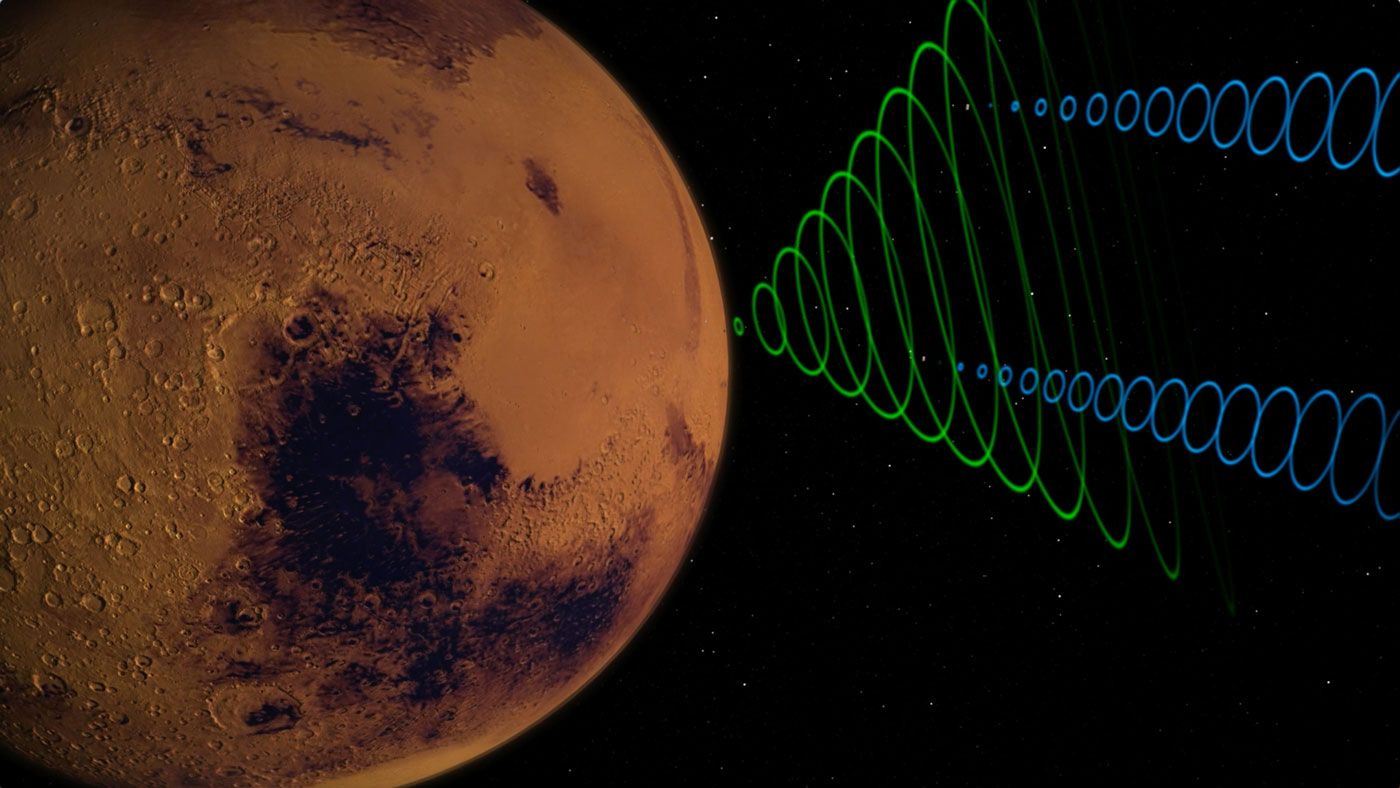A new Mars rover will look for life—but there’s a fight over where it should search.
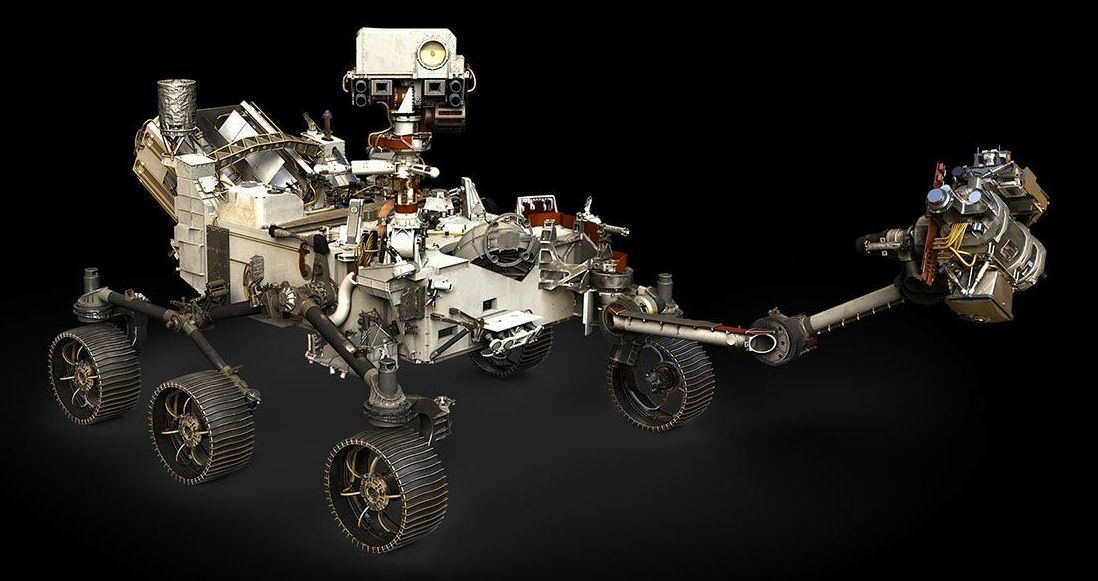

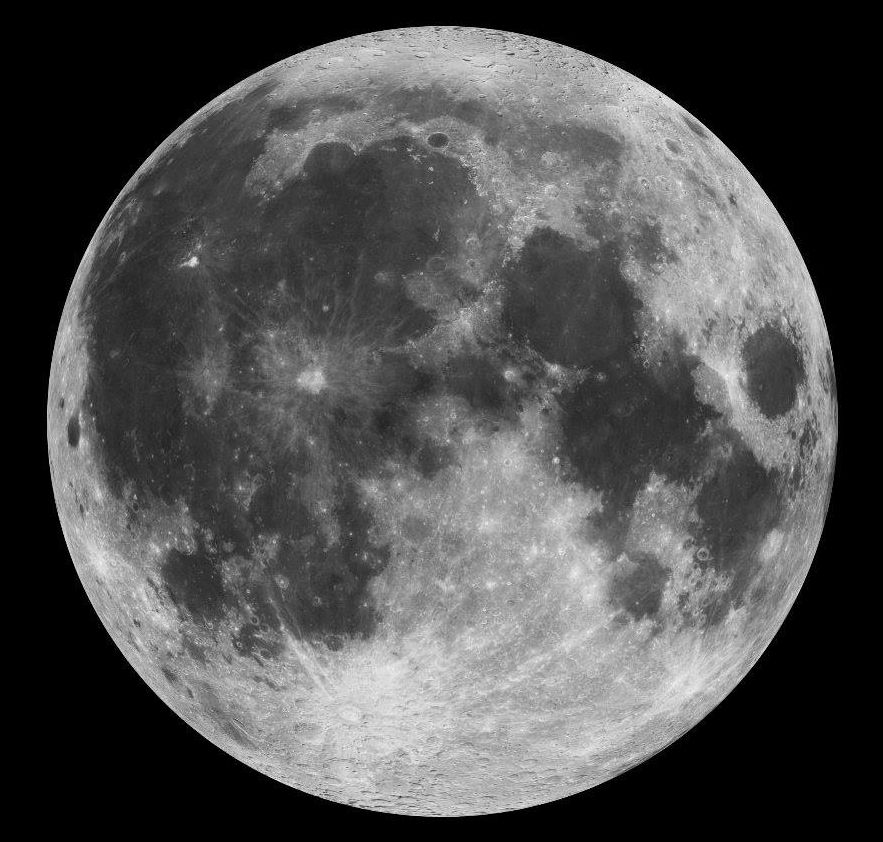
Mars just received its newest robotic resident. Our NASA InSight lander successfully touched down on the surface of the Red Planet yesterday after its 300-million-mile journey from Earth. Learn what insights we hope to gain from it and get your Mars on: https://go.nasa.gov/2FJEygW
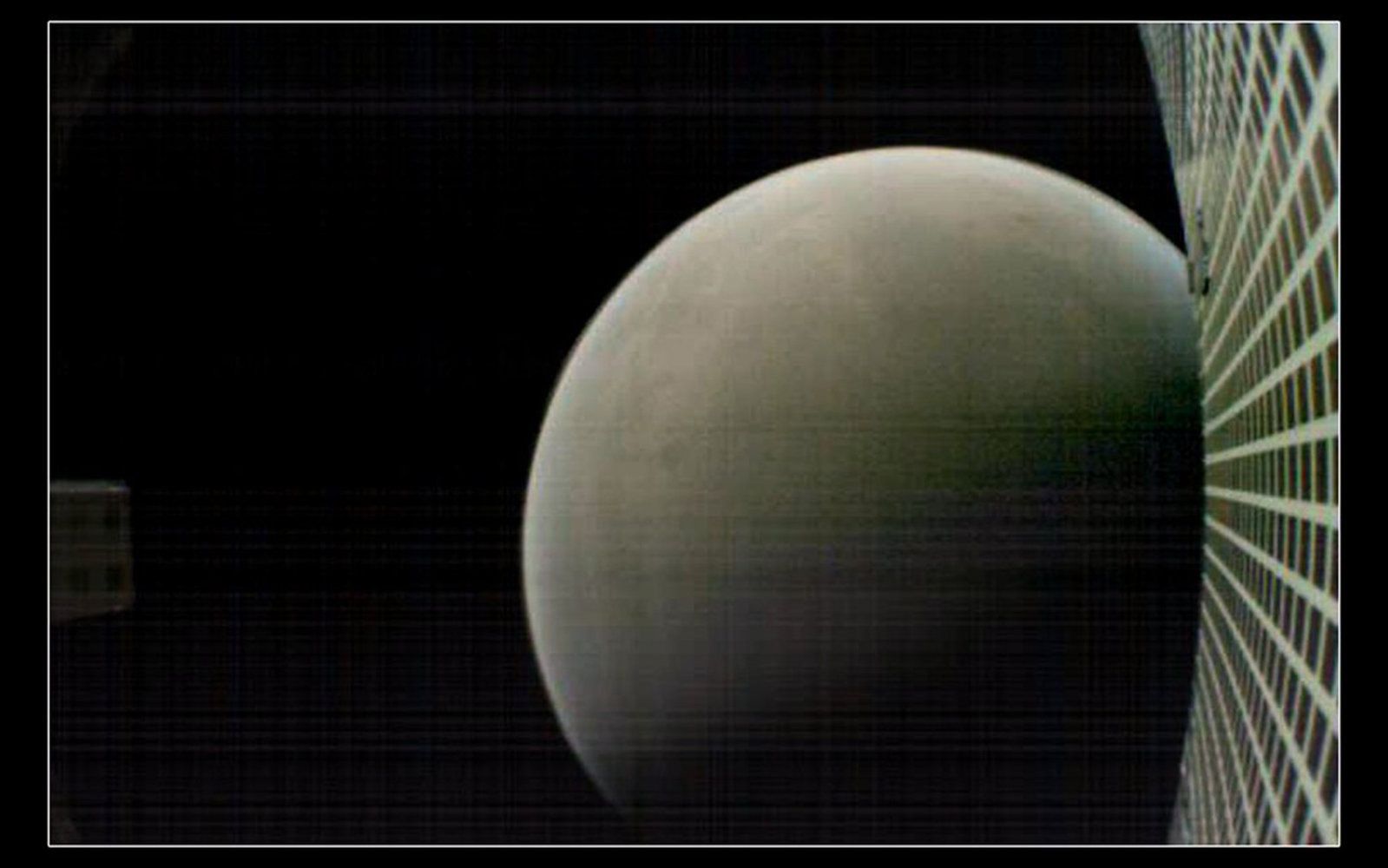

ISS Infested With Space Bugs!
The International Space Station is infested with mysterious space bugs that may be leaving astronauts at risk of “serious harm,” according to a new study.
Scientists discovered a thriving ecosystem of “infectious organisms” aboard the station which are similar to bugs found in hospitals on Earth.
A NASA team found five different varieties of Enterobacter, with researchers calculating that there is a “79 percent probability that they may potentially cause disease.”
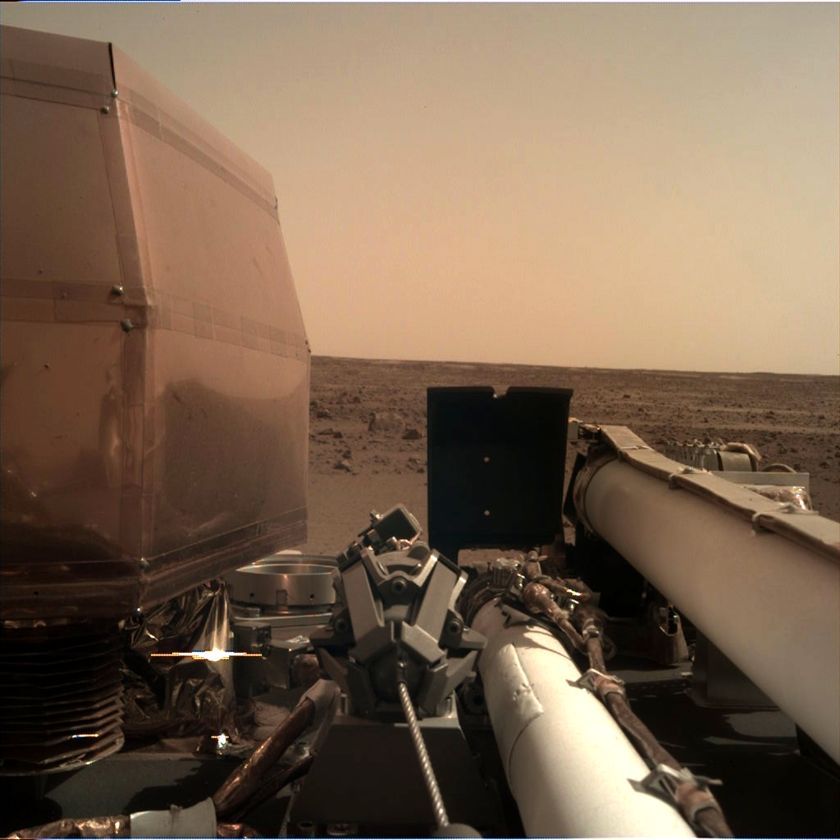
The flow of raw images sent from Mars, straight to the Web, has begun!
Insight begins sharing raw images on mission website.
There was jubilation when InSight landed, but I’m just as happy to be writing about a distinct InSight event: The flow of raw images sent from Mars, straight to the Web, has begun. The Jet Propulsion Laboratory has begun sharing images from InSight’s two cameras to the mission website. You can check this website any time, any day, to see if there are new images from Mars, and sometimes, you’ll be able to see them even before mission team members do. Here, for example, is the first image returned from InSight’s Instrument Deployment Camera, sent straight to the Web.
Relive the excitement in 360 degrees.
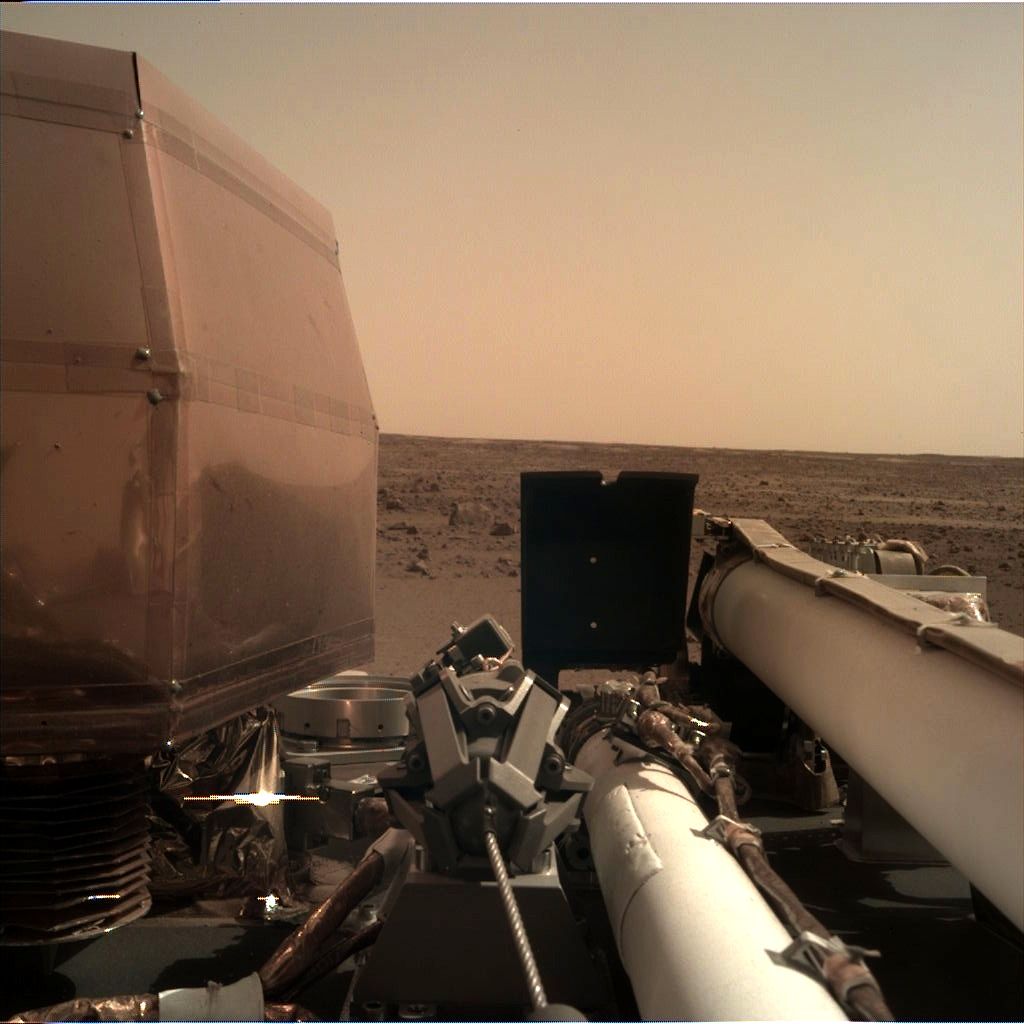
Also included in the dispatch: this snapshot from the lander’s arm showing the instruments in their new “plain perfect” home. Get the latest: https://go.nasa.gov/2FDGbwu

